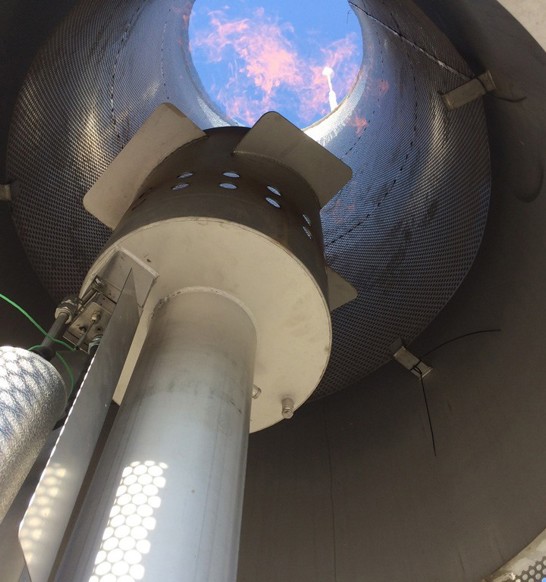Information
Anaerobic biological treatment systems are ideally suited for highly contaminated waste water flows with little or no free fats. As a result many systems are supplied to the textile, sugar, potato processing and beverage industry. In this process dissolved and suspended carbohydrates, fats and proteins are converted into CO2 and methane. This (bio) gas can be used as a fuel for amongst others boilers and dual fuel engines to generate electricity.
This conversion from industrial waste water to bio fuel makes anaerobic treatment economically a very attractive process. Besides bio fuel production anaerobic treatment is interesting because of the low energy consumption (no aeration) and there is less sludge disposal (costs).
In the food industry two types of anaerobic treatment are most common: VoltaFlow a Up-flow Anaerobic Sludge Blanket (UASB) reactor or VoltaMix Continuous stirred-tank reactor (CSTR).
Marel Water Treatment provides different anaerobic processes specially designed for the food processing industry:
- VoltaFlow UASB (Upflow Anaerobic Sludge Blanket)
From the hydrolyses tank the waste water is fed into the UASB reactor via an ingenious system of infeed pipes. In the UASB the waste water rises through an expanded bed of anaerobic active methanogenic sludge, the so called sludge blanket. A 3-phase separator at the top of the reactor separates the treated water from the biogas and sludge. This uniquely designed separation unit in combination with a cross-flow laminar plate separator is essential for performance of the system. - VoltaFlot CSTR (Continuous Stirred Tank Reactor)
The CSTR technology is the anaerobic equivalent of a conventional activated sludge digestion system. This completely mixed mesophilic (temperatures between 35 and 40°C) digester is used for very high strength, very high COD or TSS containing effluents. Good mixing ensures that the influent is in constant contact with the biomass for optimal mass transfer and conversion of COD to biogas. For waste water treatment a VoltaMix is combined with a downstream Dissolved Biogas Flotation (DBF) solids/FOG separation step. The addition of a DBF leads to higher removal efficiencies and maximization of biogas production. Prior physical treatment, SS/FOG removal leading to sludge production, can be omitted which allows to convert the entire organic load into energy-rich biogas. This combination is known as the VoltaFlot.
